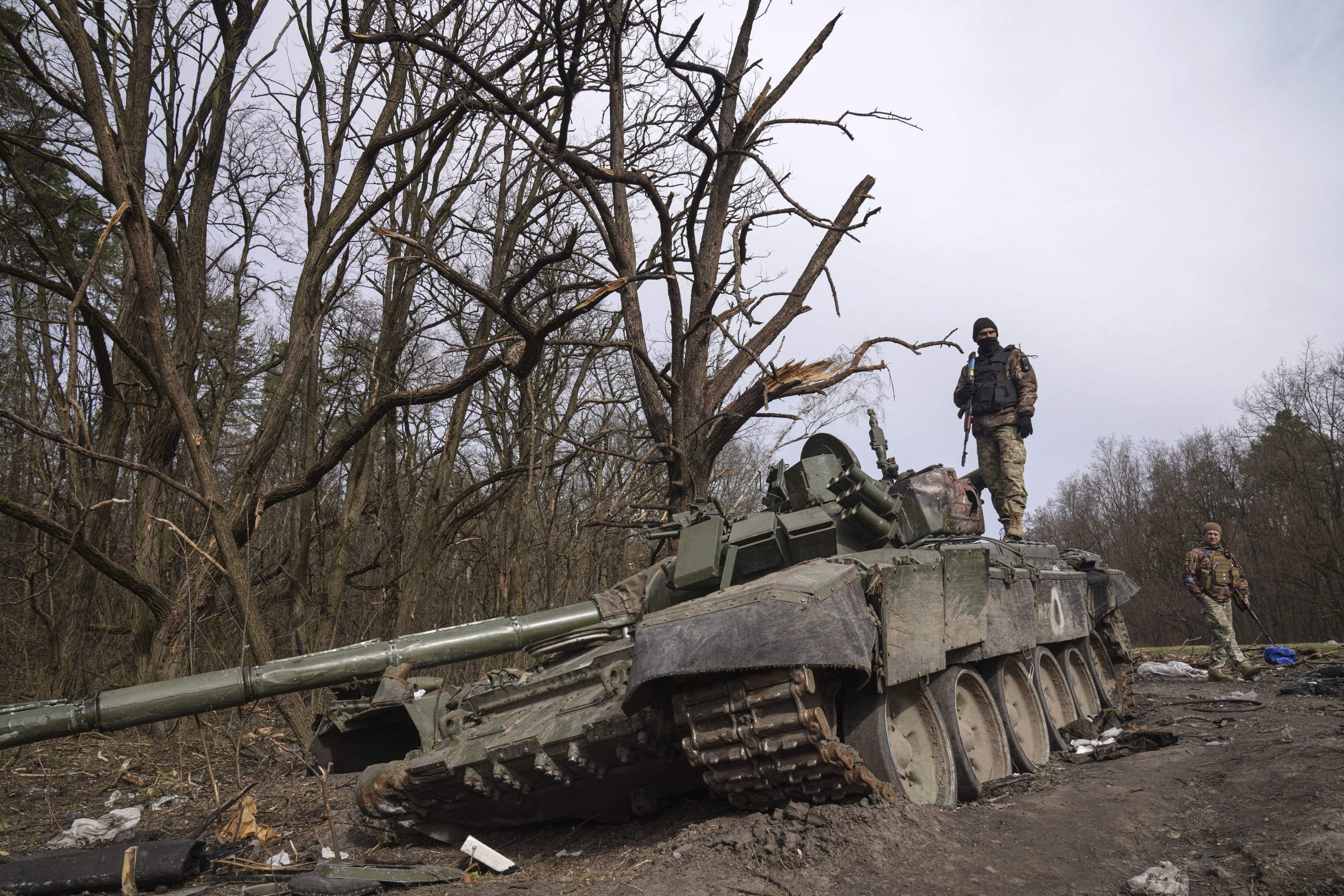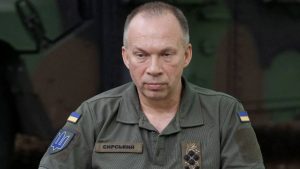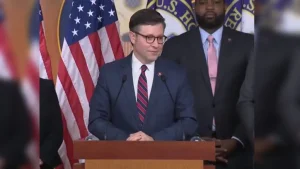Russia sent troops into Ukraine on February 24, with President Vladimir Putin vowing to “denazify” and “demilitarize” the nation. This came after months of tense standoffs with Russian troops gathering at Ukraine’s borders, while Moscow made it clear that Kyiv was not to join NATO.
However, Putin’s troops didn’t make a quick task of their “special military operation” in Ukraine. A combination of global sanctions, aid to Ukraine from various quarters, Russian troops’ blunders, and Ukrainian ingenuity has slowed Moscow’s progress, allowing the war-torn country to survive the assault longer.
Ukraine has also resorted to crowdsourcing Russian troop locations and using foam mats to block heat signatures and avoid detection by drones. Amid the war, individual tales of courage have rallied Ukrainians, like the Snake Island servicemen who told a Russian warship to “go f**k” itself.
Finding ground movement slow, Russia switched tactics to shelling, even targeting civilians. However, Ukraine has been defiant in the face of this onslaught, despite witnessing heavy casualties.
Also Read | Explained: Russia’s brutal military culture
Meanwhile, Russia’s economy has buckled under the weight of sanctions with reports of its military being without resources and stretched thin. Thus, Moscow needs a quick victory in Ukraine and has announced changes in its war strategy, reflecting revised goals.
The Butcher of Syria comes to town
The first change Putin made is to appoint army general Aleksandr Dvornikov in charge of Moscow’s military operations in Ukraine.
A career army man, Dvornikov earned the nickname Butcher of Syria for his ways of helping President Bashar-al-Assad crush the nation’s civil war. He became infamous for his reliance on chemical weapons and indiscriminate missile strikes.
Dvornikov is said to be the brains behind the Kramatorsk train station attacks which claimed the lives of over 50 people.
Also Read | Will Modi talk Ukraine with Biden or stay mum?
In Ukraine, Dvornikov would likely bring his tactics honed in Syria and President Volodymyr Zelensky seemingly acknowledged this in his Sunday address, when he said “They can use even more missiles against us, even more air bombs… But we are preparing for their actions. We will respond”.
Putin’s pullout and dismantling of the pincer
When Russian forces first entered Ukraine, the military followed a simple pincer strategy. Once the breakaway Donbas region was recognized as independent by Moscow, Putin sent in troops as a peacekeeping force.
However, the brunt of the attack came from the north, where Belarus opened its doors to Russia. Similarly, there was a sustained attack from the south, where Moscow could rely on Crimea in the Black Sea to serve as a point from which it could launch an offensive.
This two-pronged attack is called a pincer, as the image below depicts.

Here, Ukraine would be in between, with Russia attacking from two sides – the north and south.
After their initial eastern entry and two-pronged attacks, Moscow finds itself stalled in the north. It has been unable to capture Ukraine’s capital, Kyiv, though it occupied towns around it. Now, Russian forces have withdrawn from Kyiv, Chernihiv and the surrounding areas leaving Ukraine free to reclaim these regions.
Persistent shelling to submission
While this dismantles the earlier pincer, Russia has kept up its persistent shelling of cities to the south. Mariupol has faced the brunt of it, with reports of pro-Russian forces having finally occupied the Azov Sea port city.
There have also been reports of Russia setting up a critical corridor connecting the breakaway Donbas to Crimea, which as per Moscow’s plans of territorial continuity, passes through Mariupol.
Also Read | Ukrainian nuns open their monastery doors, welcome displaced people
Russia had initially planned on attacking Odessa toward the start of its operations but held off due to the weather. The Black Sea port city has fortified itself against a possible onslaught and did witness some shelling – though nowhere close to the devastation wreaked upon Mariupol.
In the south, Russia has captured two other important points – Melitopol, another port city, and Kherson, which lies at the mouth of the Dnieper river, essentially giving Moscow control over the waterway.
From whence they came – Russia’s refocus on the east
With Russia having managed to capture key points in the south, its new tactic involves a focus on the east. Troops have been withdrawn from the north, breaking the pincer, so they can enter the Donbas region, completely capturing it.
Notably, this makes the Russian forces less spread out, which spells good news for Moscow, because the cost of war has been wearing heavy on the sanction-hit nation.
Also Read | Russia rated ‘selective default’ on foreign debt amid EU planning more sanctions
Ukraine has already reported attacks starting in the eastern part of the country and seems to have taken the Russian strategy at face value, evacuating citizens from the region. As the nation prepares for an attack from the east, Kharkiv has witnessed more shelling, and the state railway company informed of a station in eastern Ukraine being shelled, though no specific location was provided.

With Donetsk and Luhansk already under Russian control, there is a good chance that Slovyansk will see the next major battle, the Insitute for the Study of War (ISW) reported.
Thus, troops could enter from Izyum, and move east towards Rubizhne. However, the chances are much more likely that Russian forces will move south.
Meanwhile, if Russia can make a northern push from Mariupol, then it can bolster its forces in the area west of Donetsk.
Is Kyiv still in danger?
The withdrawal of Russian troops from the north has been bittersweet for Ukrainians. While the capital isn’t in immediate danger, the towns occupied by Russian forces have unveiled horrors like mass graves of civilians in Bucha.
The current formation gives Russia the chance to snag a quicker victory in Ukraine, controlling the breakaway areas and key trade points.
Also Read | Ukraine’s Zelensky asks South Korea for military support in parliament address
However, Ramzan Kadyrov, head of the republic of Chechnya – who describes himself as Putin’s foot soldier – commented that Russia intends to “take Kyiv and all other cities”.
If Moscow captures the east and the south after a more concentrated assault, they could move westward and northward in a tighter formation, gaining access to the rest of the country.







